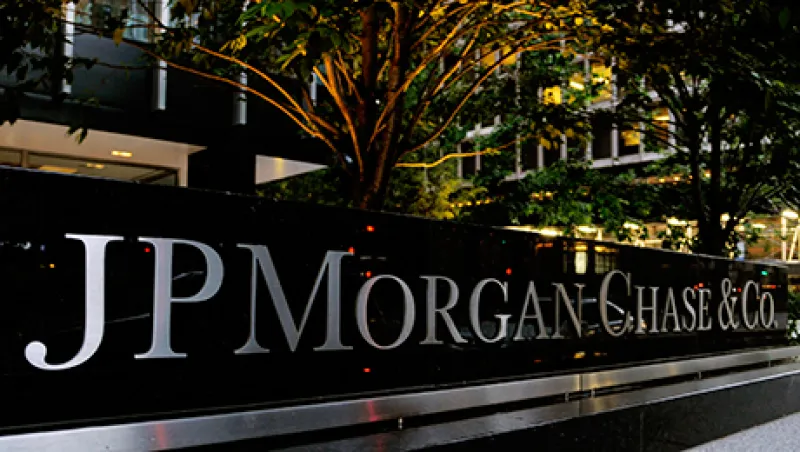It’s true: Financial sector stocks have had a bumpy ride. But, says a leading bank analyst, don’t give up hope on bank equities just yet.
The KBW Nasdaq Bank index, a benchmark of banking stocks, has dropped 13.4 percent from July 22 through October 1 amid concern that the Federal Reserve’s failure to raise interest rates quickly will put a major dent in their earnings. That’s not the case, says Dick Bové , the veteran bank and equity research analyst at Garden City, New York–headquartered Rafferty Capital Markets. “These theories don’t work. You have to buy bank stocks aggressively here.”
The negative thinking is that the Fed’s steady interest rate policy will shrink banks’ net interest margin — the difference between the rates at which they borrow and lend. But 92 percent of bank assets consist of financial instruments, and the value of these assets will rise with rates steady, Bové says. “This improves the banking industry’s book value.”
Investors also are concerned that the Fed’s delay in boosting rates indicates that the U.S. economy is weakening. Bové, however, points out that economic fundamentals are strong, and a main reason for the Fed’s rate hike delay is most likely concerns about economic weakness overseas. Other analysts concur.
Bank loans have been growing at an annualized rate of 4 to 5 percent in recent quarters, and will probably hit 5 to 8 percent over the next year, says David Hilder, senior equity bank analyst at Drexel Hamilton in New York. Most of the loan growth has come in the commercial and industrial sector over the past couple years, though the focus is likely to soon shift to the consumer sector.
“Consumers’ balance sheets are turning around,” Bové says. “More people have jobs; wealth is up.” Credit card lending is rising significantly, and home equity lending is close to a bottom, he says.
Other analysts agree with Bové that the economy provides a bullish backdrop for banks. They see decent loan growth ahead and a favorable outlook for investment banking and trading activities. Banks also benefit from being extremely well capitalized, which has occurred in large part because of stringent regulations that were implemented after the 2008–’09 financial crisis.
Banks are apparently making the right loans too. “Bank credit quality is about the best I’ve ever seen in more than 15 years of covering the industry,” Hilder says. “Inflows of nonperforming assets are at the lowest levels I’ve ever seen, and almost all banks are trying to reduce their expenses.” Charlotte, North Carolina–based Bank of America Corp., for one, has recently been cutting $3 billion of costs per quarter, Bové says.
As for investment banking, the banks are benefiting from record levels of M&A activity. Deal volume has totaled nearly $1.7 trillion in 2015 through September 17, topping the previous full-year high of $1.56 trillion in 1999, according to Dealogic. On September 28, energy pipeline giant Energy Transfer Equity agreed to buy competitor Williams Cos. for roughly $32.6 billion. The outlook for equity capital markets is also strong, Hilder says. Whereas some argue that the record pace of corporate debt issuance may slip after the Fed raises rates, tightening historically hasn’t had much impact on issuance, he adds.
On the trading front, although JPMorgan Chase & Co., Bank of America and Citigroup recently reported a 5 percent dip in trading revenue for the third quarter, heightened volatility in financial markets usually boosts bank trading results, says Mac Sykes, financial services analyst at money management firm GAMCO Investors in Rye, New York.
Meanwhile, the big banks are paying dividends, and all have permission from the Fed to buy back shares. “Balance sheets are the big deal,” Bové says. “Banks have more securities as a percentage of assets than at any time in the last 25 years.” Bank of America has more common equity than any company in the U.S. — 100 percent of its book value, he says. “So why is the stock selling 30 percent below book value?”
In terms of valuations, bank stocks are at the low end of their price-earnings range over the past 15 years, and Bank of America isn’t the only bank to see its share price slide below book value, notes Bové. “A 15 percent decline in stock prices on rising earnings and low valuations isn’t sustainable,” he argues. “Bank stocks will go up dramatically and are incredibly good buys.”







